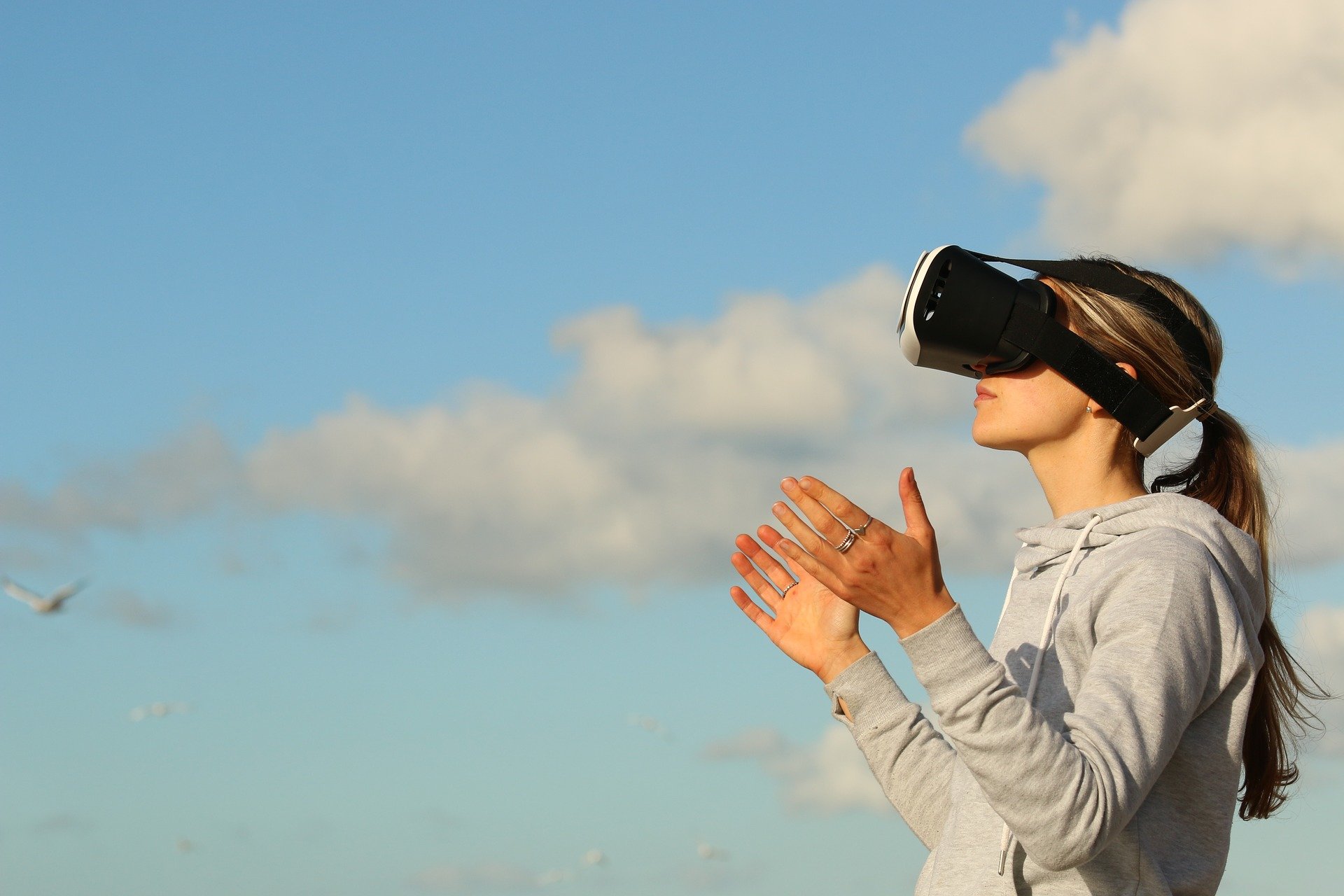Achieving razor-sharp vision in the metaverse
Thanks to the enhanced light-field technology developed by EPFL spin-off Creal, augmented-reality and virtual-reality images appear increasingly life-like with less strain on users’ eyes. The company will present the latest version of its system at the Augmented World Expo this week in California.
Augmented reality and virtual reality could one day be part of our everyday lives, whether we’re buying groceries, attending a meeting, playing a video game or even undergoing surgery. Some tech enthusiasts believe that many of our day-to-day interactions could soon take place in the metaverse—an alternate world where people move seamlessly between the virtual and physical realms. But before that can happen, many improvements need to be made to AR and VR systems, such as to improve touch and smell capabilities, streamline the interfaces with virtual elements, and display more life-like images. It’s this last challenge that Creal’s founders decided to address with their new generation of light-field technology. Creal’s system enables the human eye to focus on virtual objects at any depth, just like with objects in the real world. The company will present the latest version of its system this week at the Augmented World Expo—one of the biggest AR industry conferences in the world.
Although startups usually operate on short time frames and often miss stated deadlines, Creal’s expansion has been a model of Swiss precision. It was founded four years ago and completed its first fundraising round only three years ago; in late 2019 it announced that it would unveil a miniaturized system in late 2021 that can fit into an AR headset. As planned, this is the system that will be presented at the Expo, giving industry experts and aficionados a chance to experience Creal’s AR images of molecules and hummingbirds and a VR environment of a flight into space. A high-tech form of child’s play.
Creal CEO Tomas Sluka believes that it’s just a matter of time before we’re all sporting augmented reality glasses—and that his firm’s technology has come at the perfect moment. “AR glasses must be comfortable and intuitive, and display images naturally if they’re to really take hold,” he says. “None of the glasses currently out there meet all these criteria.” That’s because most of them display 2D images for each eye providing only 3D stereoscopic effect. As a result, when we look into these glasses, accommodation—the process by which our eyes are able to focus at different distances—is impossible. “That makes the images seen through the glasses appear unnatural and can even lead to nausea,” says Sluka.
Extremely realistic imagery
With Creal’s enhanced light-field technology, light-field is recreated in the same way it exists in the real world. The system includes a tiny projector generating hologram-like images with all the optical depth and nuance that we would perceive naturally.
A few other companies have tried to develop light-field systems that can be incorporated into AR or VR glasses—but none of them has succeeded in making technology providing good quality light-field images and at affordable computational cost. Creal has already produced several units of its system at its premises in EPFL’s Innovation Park for use in testing and prototyping. How was Creal able to develop its technology so quickly? “We were lucky to be able to hire several talented engineers, when Magic Leap and Intel closed R&D centers they had here on campus,” says Sluka. He estimates it’ll be another two years before Creal’s system can be integrated into the thin arms of AR glasses.
Augmented reality: an early taste of the metaverse?
Citation:
Achieving razor-sharp vision in the metaverse (2021, November 9)
retrieved 9 November 2021
from https://techxplore.com/news/2021-11-razor-sharp-vision-metaverse.html
This document is subject to copyright. Apart from any fair dealing for the purpose of private study or research, no
part may be reproduced without the written permission. The content is provided for information purposes only.
For all the latest Technology News Click Here
For the latest news and updates, follow us on Google News.

